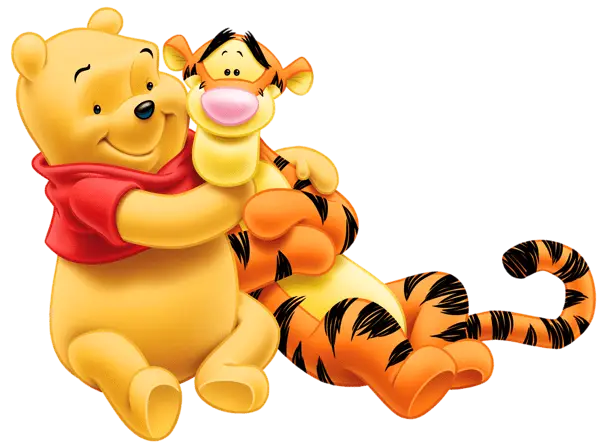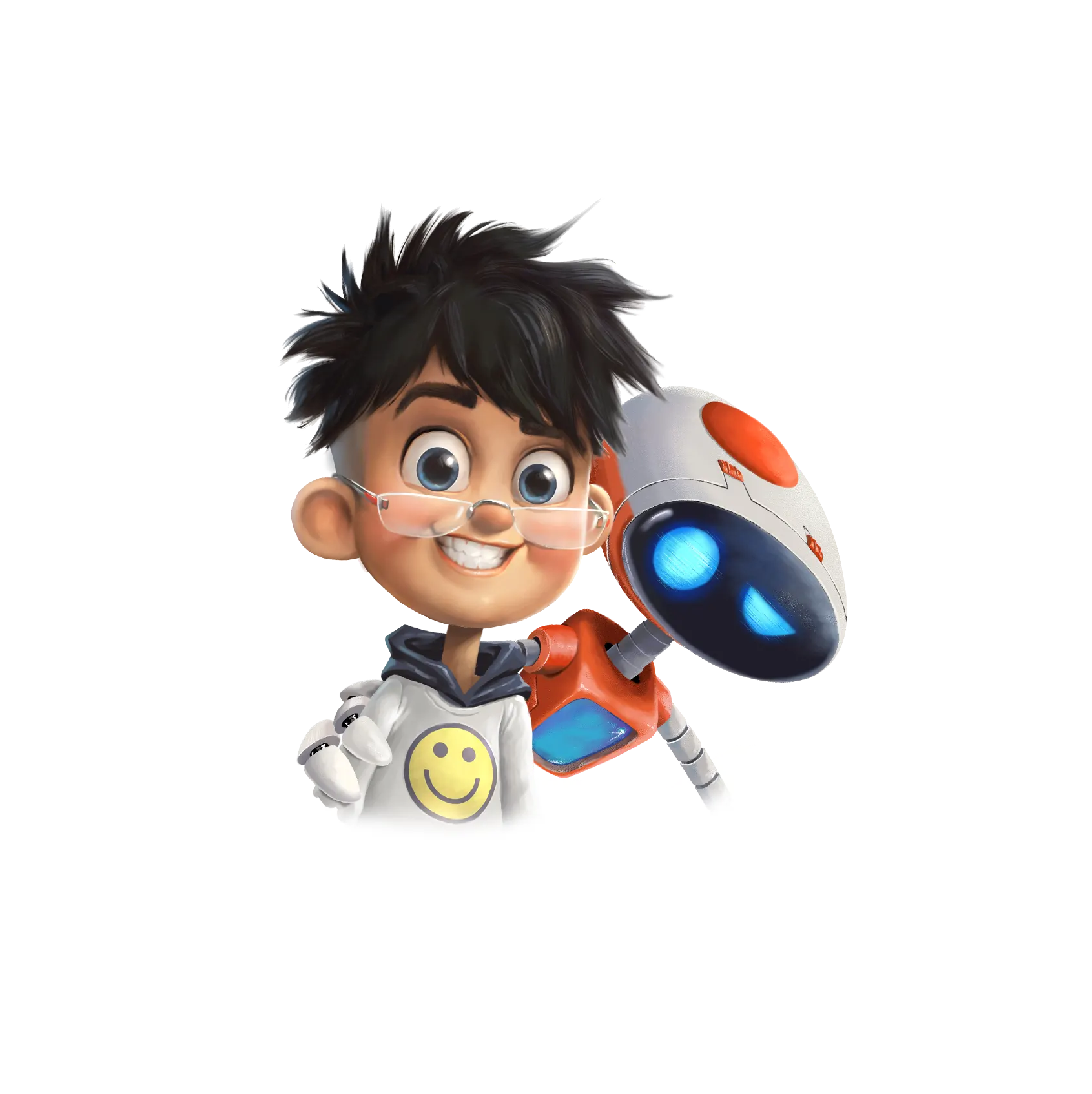2D Animation: From Classic Techniques to Modern Marvels

Remember flipping through those hand-drawn flip books as kids? That’s the magic of 2D animation, a foundation that continues to inspire and evolve in today’s digital world. While we’ve seen incredible advancements in 3D and VR, 2D animation remains a powerful storytelling tool, perfect for everything from engaging marketing campaigns to captivating educational content. But how has 2D animation changed since those early days? Let’s dive into some key techniques and see how they’re being used by the best animation studios worldwide.
The Timeless Appeal of Frame-by-Frame
We all heard that videos are nothing more than a series of pictures being shown with a negligible in-between duration and our “persistent vision” makes them look like a smooth motion. That’s the basic idea behind 2D animation. What the frame-by-frame technique refers to is that we declare each frame as a “key frame” and make a new image for it. This is especially more useful to show complex, detailed animations in two-dimensional.
Digital Rotoscoping: Blending Reality with Enhanced Precision
The heart of 2D animation lies in the frame-by-frame technique. It’s where each image is meticulously crafted, creating that fluid motion we love. While digital tools have streamlined the process, modern techniques, including AI-assisted in-betweening, can speed up workflows, allowing artists to focus on creative direction. This method is still essential for detailed character expressions and complex actions, ensuring a truly unique and handcrafted feel.
Digital Rotoscoping: Blending Reality with Enhanced Precision
Ever wondered how animated films achieve such realistic effects? Digital rotoscoping is a game-changer. It involves tracing over live-action footage, allowing animators to seamlessly integrate real-world movement into their creations. Enhancements to rotoscoping techniques, including AI-driven tools, can improve accuracy and reduce the time required. Think of those iconic lightsaber effects in Star Wars, but now imagine the possibilities with modern software. This technique allows animation studios to bring a level of realism to 2d projects that was previously very difficult.
Motion Capture: Bringing Characters to Life with Refined Movements
While motion capture is often associated with 3D animation, it’s also making waves in the 2D world. By capturing an actor’s movements and translating them into digital data, animators can create more natural and lifelike character animations. Refinements to motion capture data, through advanced algorithms, contribute to smoother and more realistic movements. This is especially useful for animating complex actions and interactions, saving time and increasing accuracy.
The Evolution of 2D Animation in the Digital Age
Since 2017, we’ve seen a surge in accessible animation software and online platforms. Modern technologies are further refining the field, with tools that can assist in background art, character variations, and even storyboarding. Styles like explainer videos, motion graphics, and animated series have gained immense popularity, and advanced techniques are making these productions more efficient.
Why Choose a Professional 2D Animation Studio with Modern Techniques?
Creating compelling 2D animation requires a blend of technical skill, artistic vision, and the ability to leverage modern techniques. That’s where a professional studio comes in. Animation studios understand the nuances of each technique and can tailor their approach to your specific needs. From concept development to final delivery, they ensure a seamless and engaging animation experience, enhanced by modern tools.
Looking for the Best Animation Studio in India with Advanced Capabilities?
Whether you’re looking for a simple explainer video or a complex animated series, finding the right studio is crucial. When searching for the best animation studios, consider their portfolio, experience, client testimonials, and their proficiency in using modern technologies. A studio that embraces innovation and has a proven track record of delivering high-quality 2D animations can help you bring your vision to life in the most efficient and creative way.
FAQ
Frame-by-frame animation is a technique where each frame is drawn individually, creating fluid motion. It is particularly useful for detailed character expressions and complex actions
Digital rotoscoping involves tracing over live-action footage to integrate realistic movements into animation. AI-driven tools now improve accuracy and speed up the process.
Yes, motion capture can be applied to 2D animation by capturing an actor’s movements and translating them into digital data, resulting in more natural character animations.
Since 2017, advancements in animation software, AI-assisted in-betweening, and digital tools have improved efficiency, background art, storyboarding, and overall production quality.
A professional studio brings expertise, modern techniques, and creative direction to ensure high-quality animation tailored to specific needs, from explainer videos to complex animated series.



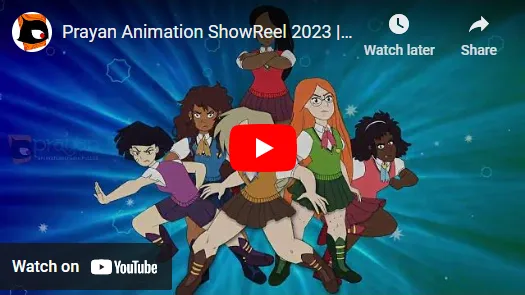
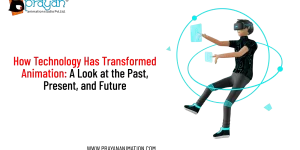

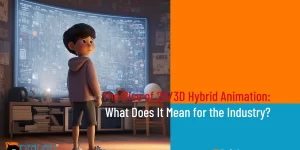


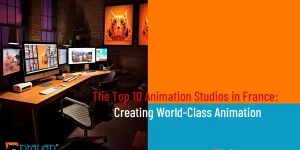

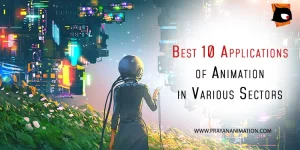

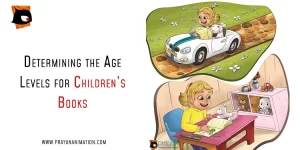
 We can help you.
We can help you. 

